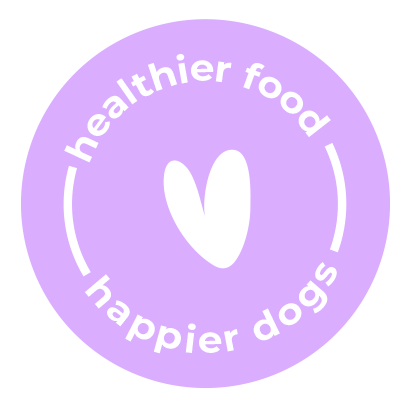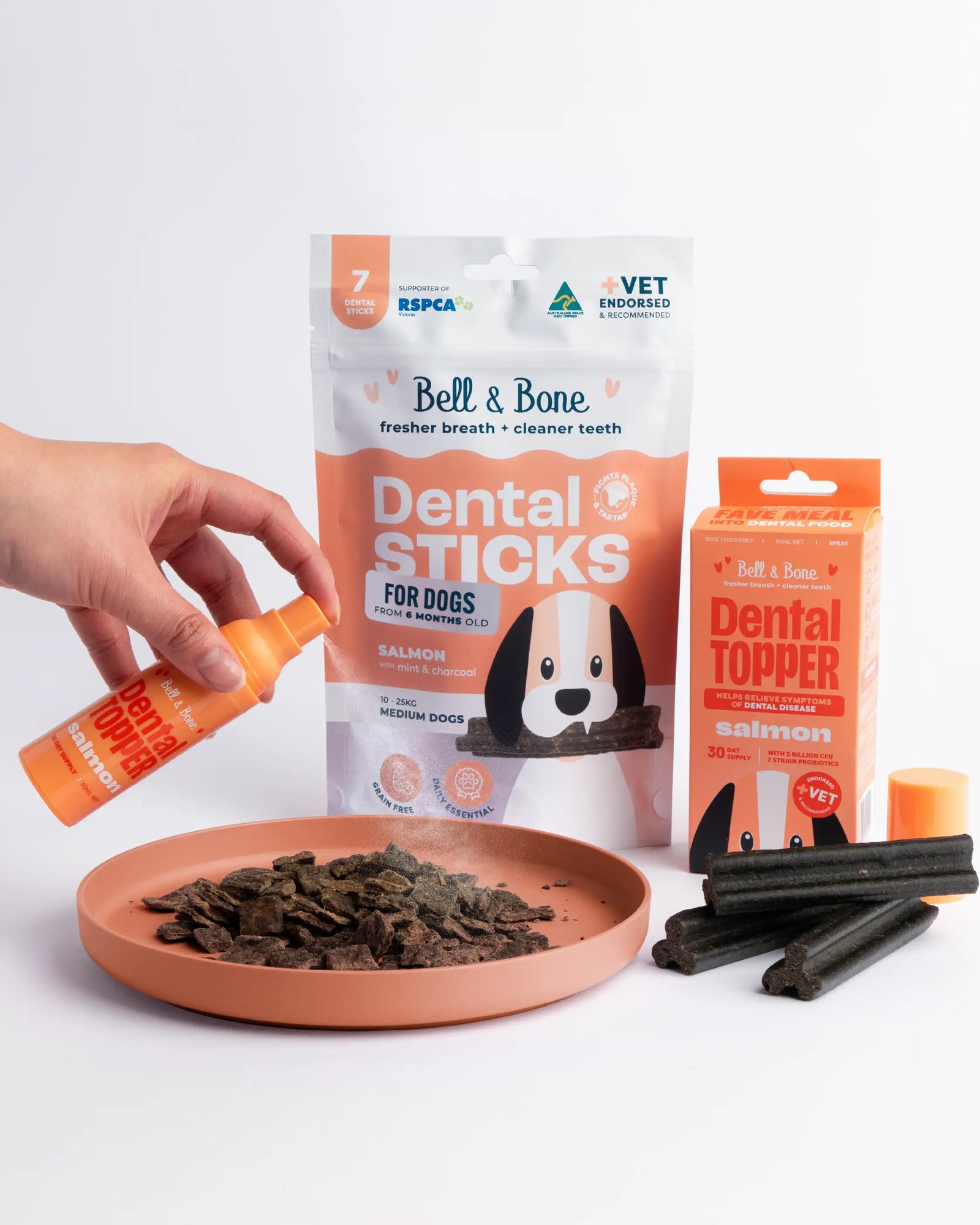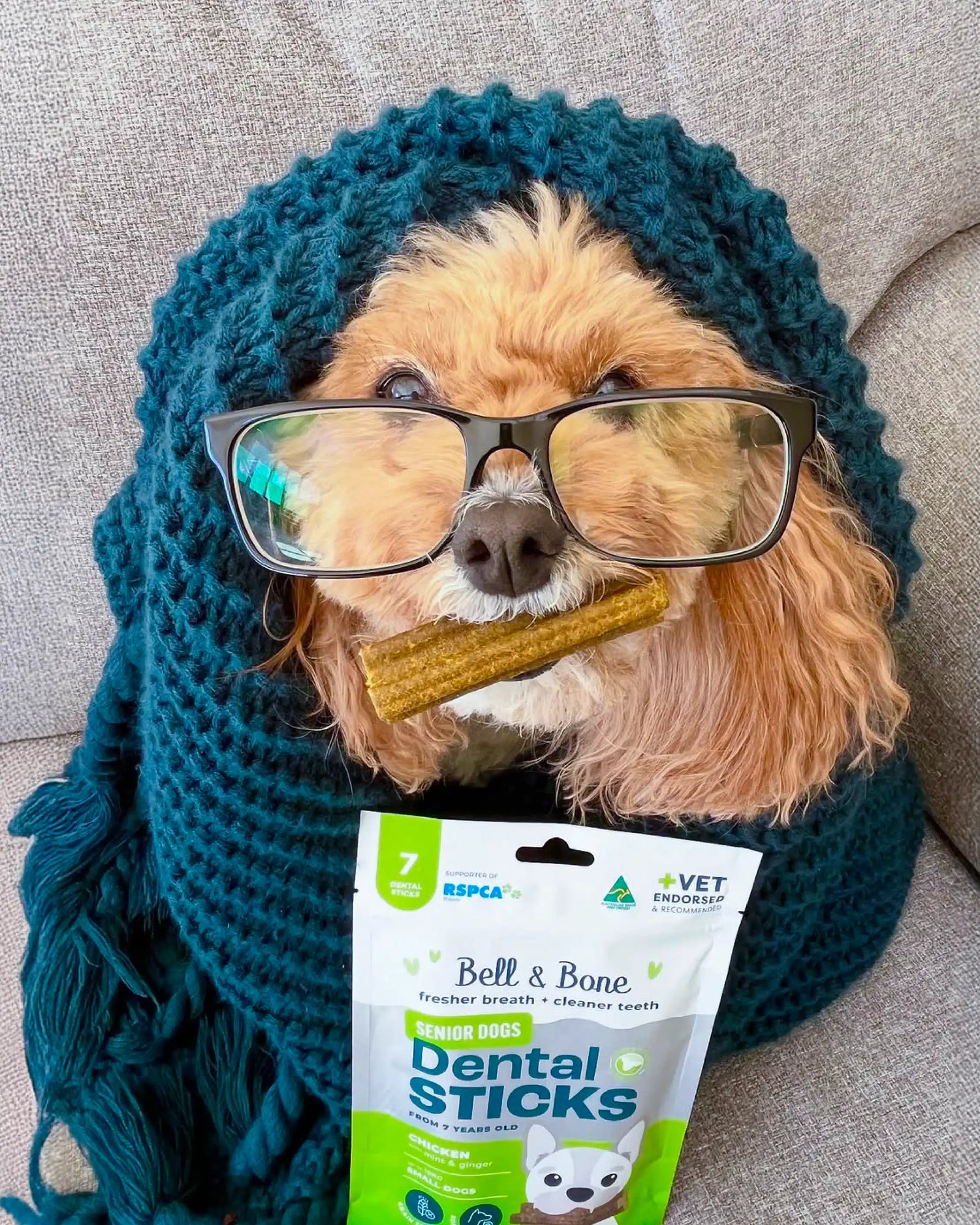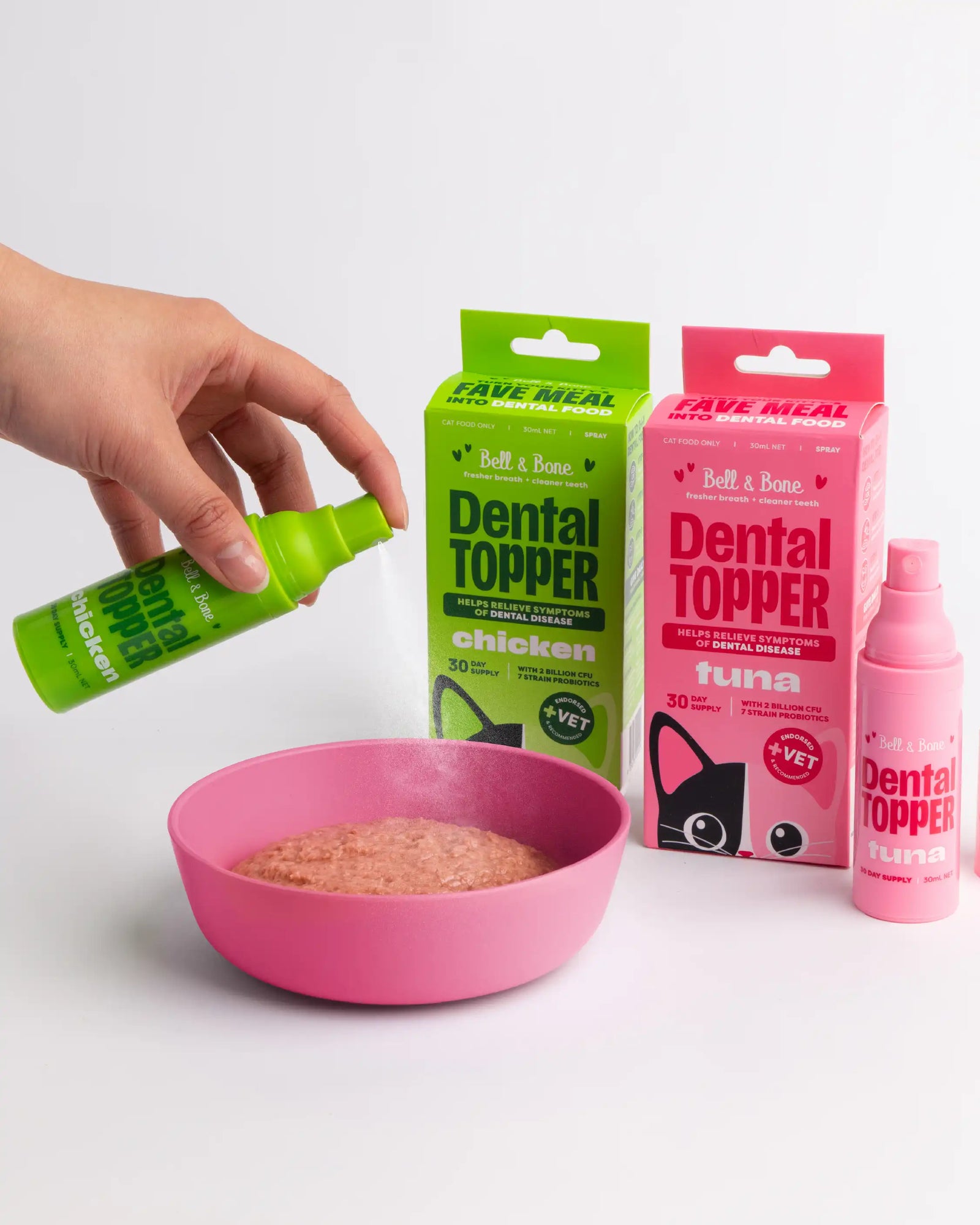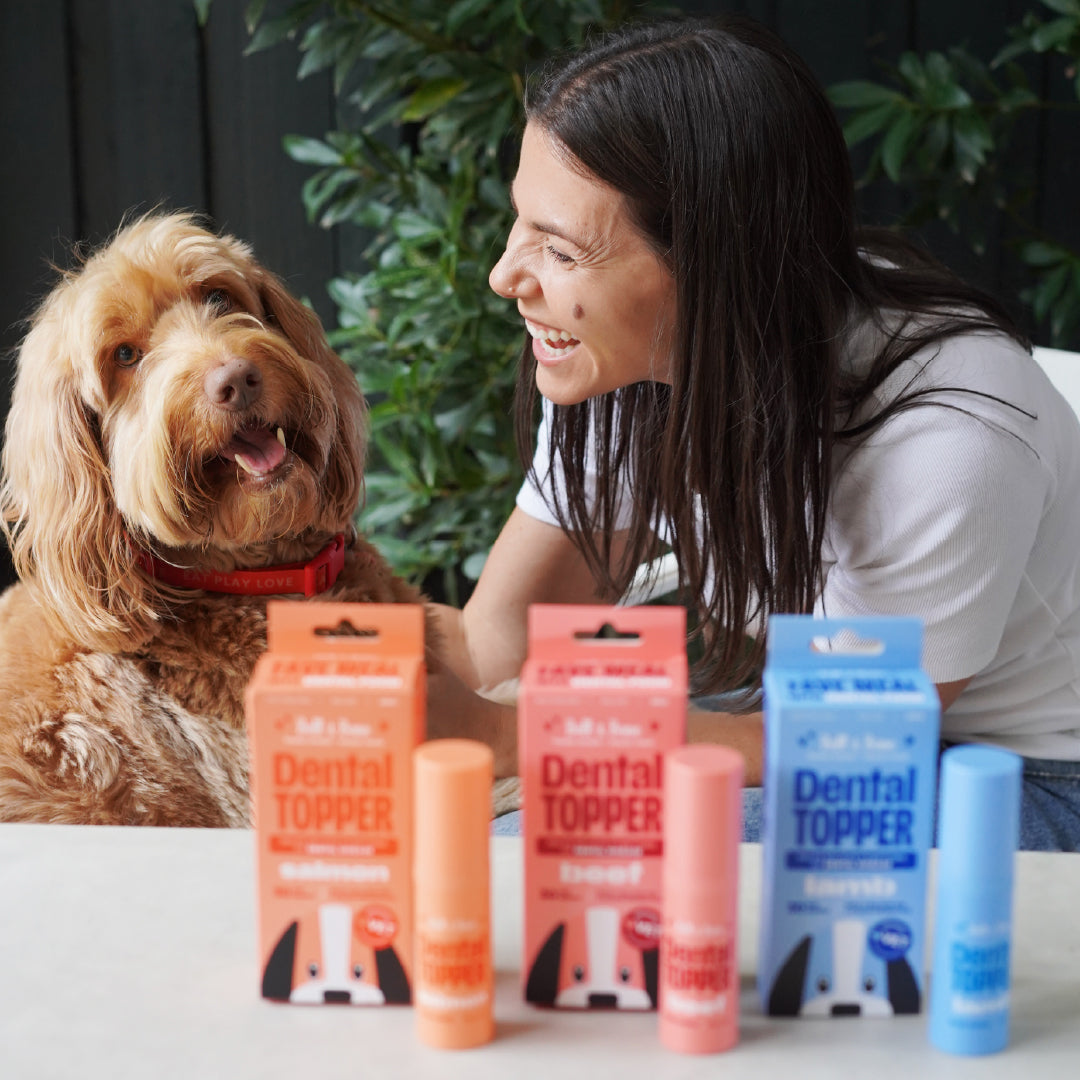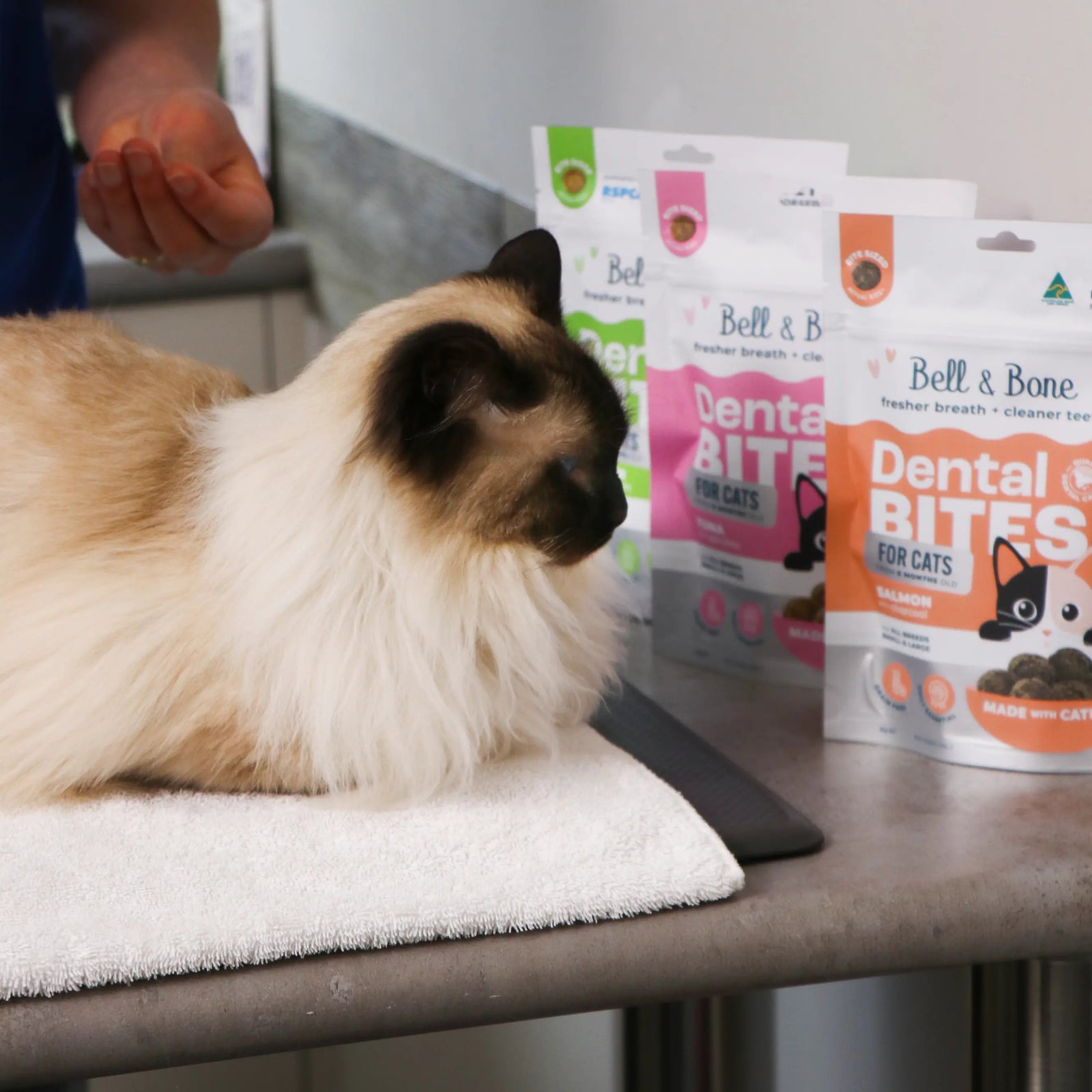5 Things We Learnt About Our Dogs During ISO…
A guide to ensure they are healthy and happy when we go back to normal
28 MAY 2020
5 things we learned about our dogs in ISO…
The last 89 weeks of isolation (😉) have been an eye-opening and insightful experience. It has taught us not only things about ourselves but also our pets, who have loved having us home more during this time. But as restrictions ease and life gains some sense of normality, we’ve been thinking a lot about what this means for our pets. So, we’ve created a guide for easing back into the norm, which includes some tips and tricks to make the transition easier for both you and your pet.
@larger.than.lurch
1. Independent Mental Stimulation…
Who doesn’t love a challenge!?
@dusty.merlecollie
Mental stimulation and brain workouts are just as important to dogs as they are for us humans. The act of isolation has encouraged us to re-learn new skills such as baking banana bread, becoming a TikTok sensation, and completing countless puzzles into the early hours of the night. The key takeout is that mental stimulation is crucial for our overall mental health and wellbeing… and this is the same for our pets!
Mental stimulation is integral for our dogs, as giving them tasks to perform gives them a meaningful activity to do. This helps reduce boredom and consequentially helps reduce behavioral issues such as barking and chewing. In the same way that binge-watching 10 Netflix episodes do little to stimulate us, leaving your dog at home to stare out the window until your return isn’t the most mentally stimulating and worthwhile task we can leave our pets with. Pet puzzles and ‘boredom busters’ are a fantastic way to keep your dog mentally challenged for long periods of time, while we, the owners, are back at work
Our boredom buster tips: Before leaving for work, jam-pack a KONG or other toy with a range of treats, such as our Superfood and Freeze Dried treats, in a ball or our Dental Sticks in a treble clef. Cover the treat in peanut butter or Greek yogurt and watch them go for it
2. Training and Rewards…
Who is a good boy?
If you have been homeschooling, you may have been reminded that life is basically about training and rewards. Finish your schoolwork and be given the iPad – right? As much as we love a game of Candy Crush (or a glass of wine) to reward our hard day at work, teaching your dog new tricks is just as important to their happiness and sense of self-worth for being the best dog they can be. Learning new tricks and being rewarded is crucial for their mental stimulation, sense of achievement, and building the bond that you and your pup share.
@lola.the.cavoodle
Our training and reward tip: Before leaving for work in the morning, remind your dog how much of a good boy or girl he or she is! Challenge your dog (and yourself!) with some new tricks such as kissing, shaking, or even playing dead! Or set up an obstacle and challenge your dogs’ agility. A great way to do this is through positive reinforcement, providing instant rewards to your dogs as they progress in skill towards the end goal. Our Superfood range is perfect for rewards, with over 100 treats in each bag so you can teach endless tricks! Your dog will love you for it!
3. The Importance of WFH (walking from home)…
when we are no longer WFH.
@miss_poppet_the_samoyed
@albie_the_cavoodle
We all know that exercise provides both mental and physical benefits. Since lockdown, many of us have learned to appreciate a simple walk as it offers us a physical and somewhat social, and mental release.
You may have seen the meme – “now we know why dogs love going for a walk”… well, it's true! It’s their time to get out of the house and release built-up energy. They need the endorphins from physical exercise just like we do. It is recommended that dogs should receive between 30-60 minutes of walking a day. (That’s every day!) Sound familiar? So, let’s all get off the couch and go for a walk!
We asked Lisa, the owner of Spot Dog Walk in Brisbane, why walking our dogs is so important!
“A lack of exercise can impact a dog’s health resulting in issues such as obesity, joint problems, diabetes, etc but it also impacts greatly on their behaviour. We receive so many inquiries about dogs needing regular walks because they have had barking complaints, the dog is escaping out of boredom and anxiety as well as causing destructive behaviour in the yard (digging holes, chewing, scratching…). This is why creating a healthy exercise routine is so important for you and your dog.”
Our tip to get you walking more with your dog: Remind yourself of the overall benefits it has (for you and your dog!): decreasing stress, increasing happiness, increasing immunity, helping you lose weight, helping you sleep better, and reducing the risk of the garden or your shoes being ripped up!
FUN FACT (go Canberra!): The importance of dog walking was epitomized when ACT passed the Animal Welfare Legislation Amendment Bill 2019, which reflects a zero-tolerance approach to animal cruelty. S6F makes it a chargeable offense to confine your dog so that it cannot exercise for a continuous period of 24 hours.
4. ISO misses you when you are gone.
How to reduce the instance of separation anxiety.
@lokithemini
Dog Behaviourist expert, Michelle McClurg said her biggest tip to dog owners was to start building their dogs' independence now_!_ If your dog is developing these issues we highly recommend you start to build your dog’s ability to be independent of you. One way to do this is to give it a peaceful place in the house where your dog can relax such as its bed, crate, or kennel. Set up the bed so it becomes the place where great things happen. Have it be the place where it gets the majority of your affection including praise, pats, and snacks.
For more information - click the button below:
Isolation has resulted in a lot more one-on-one bonding time with our pets, but as restrictions continue to ease, how can we reassure our dogs of our love and affection? A key concern is that we will see a rise in the number of dogs suffering from separation anxiety. Separation anxiety can lead to constant howling, crying, trained dogs having accidents, and digging at the door (trying to escape).
@rubyrose_cavoodle
Tip: is to try to ease back to old habits, don’t jump from extreme to extreme. If your dog has been spending more time inside with you during quarantine, it’s time to start increasing their outdoor time again to ease them back into your normal routine. You can also start desensitizing triggers that can upset your dog. This includes things like jingling car keys, putting on your work shoes, and picking up your handbag, as dogs become conditioned to know that you’re about to leave. These associations can make your pet anxious before you’ve even left the house. Therefore, start doing these things at home now, but don’t actually leave, so that your dog doesn’t form negative associations with these common leaving movements.
One of the great websites we have come across is Dog Share. It’s an online community that helps to connect local fellow dog owners, dog experts as well as individuals who don’t have a dog but have time to help care for one when our schedules are jam-packed. Their mission is to facilitate introductions amongst dog owners, providing an avenue to support extra affection, exercise, and companionship for our dogs (and ourselves!).
5. Dogs need social interaction just as much as we do
The importance of socialisation for better mental health has never been more obvious until social distancing became the new norm. As our dogs are instinctively social animals, it is crucial that we let them play with their kind even when we are stuck at home.
We believe that the dog park was invented for 3 main reasons and we love them all! Firstly, to give our pups a place to play with their friends. Secondly, so that they can run and we don’t have to (haha!). Thirdly, to build a community of dog owners in our local neighbourhoods. Dog parks are safe spaces in which dogs can roam free and play with other dogs. Social interaction can be integral for behavioral development, learning socially acceptable behaviour, increasing confidence, reducing anxiety, and decreasing aggression. Dogs are naturally packed animals, and hence it is an intrinsic desire to be around others. Plus the greater the exposure, the more comfortable your dog will become around other dogs.
For more information on some great dog parks in Melbourne, check out the button below:
Our tip for taking your dog to the dog park: Bring some treats along with you to help retrieve your dog at the end of their play if they need an incentive to come home! We recommend our Bell & Bone Freeze Dried range as each flavour contains sardine which can be sniffed out from afar and will draw your pup back in easily.
We also recommend looking into dog-friendly workspaces or encouraging a dog-friendly working environment when things start to go back to normal. If you need some help convincing your boss, just let him know that it is proven that having a dog in your workspace makes you more productive! Check this out, it’s worth a shot!
As we ease back into reality, I hope this guide helps to make the transition smoother for both you and your pup!
Whether it be encouraging extra trips to the dog park, desensitising triggers which upset your dog, or teaching new tricks, we hope you’ve taken something away from this which makes your lives a little easier.
If you have any questions or comments, please reach out to us via DM on our Instagram page bellandbone. Let's work together to make post-iso life as enjoyable as possible for everyone!

